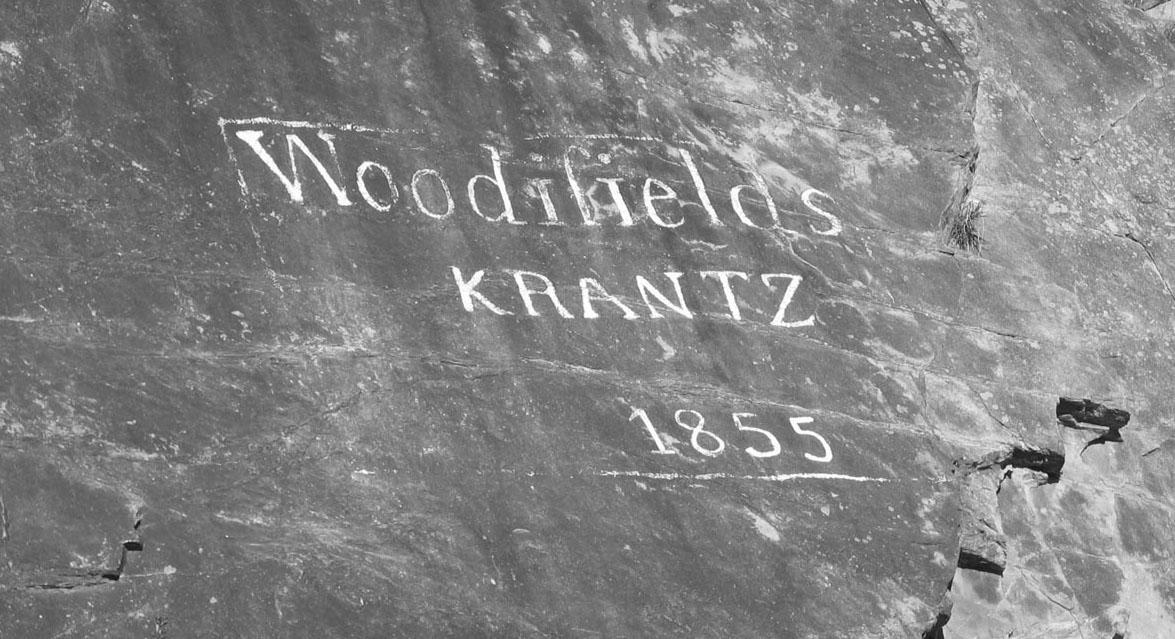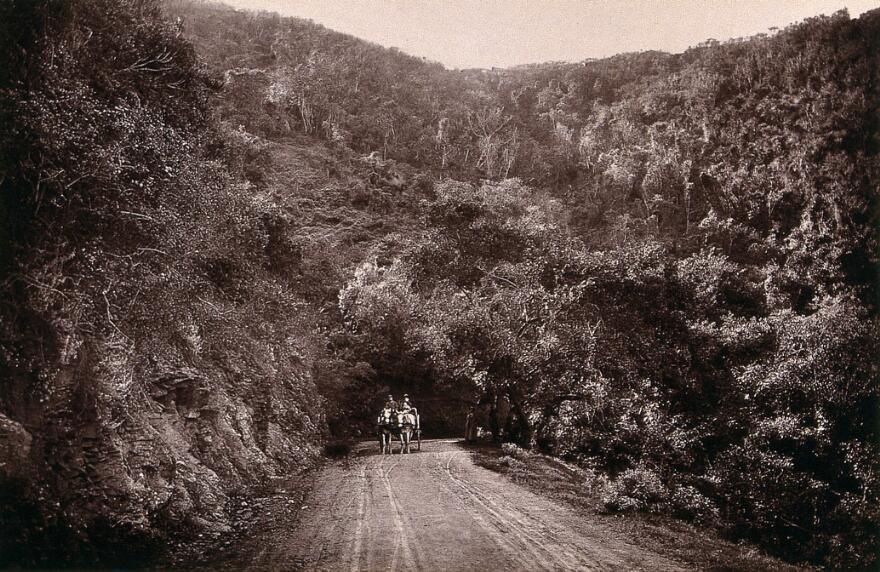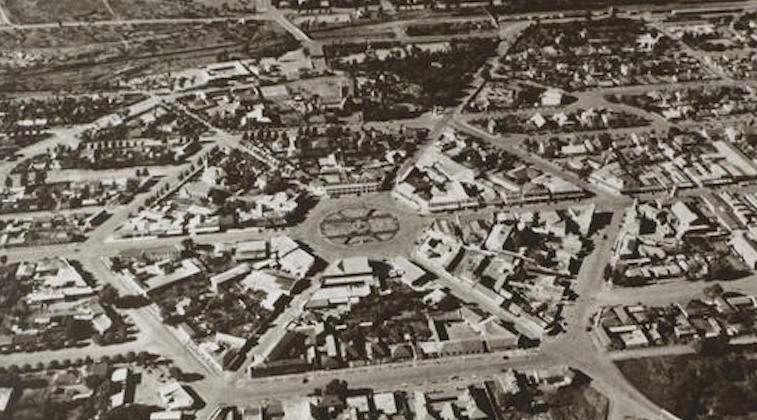
Disclaimer: Any views expressed by individuals and organisations are their own and do not in any way represent the views of The Heritage Portal. If you find any mistakes or historical inaccuracies, please contact the editor.
In the article below, Tony Murray unpacks some of the details from the life of engineer Mathew Woodifield. The piece first appeared in the publication 'Past Masters: Pioneer Civil Engineers who contributed to the growth and Wealth of South Africa'. Click here to view the stories of other great engineers.
The cosy pub at the inn on the top of the Zuurberg Pass is known as Woodifield's. The name celebrates the engineer Mathew Woodifield who completed the pass after Fancourt White had resigned after building the southern section from the Addo plains to the top in 1853. According to local folklore, Woodifield perished in 1855 when he and his horse fell over a cliff on the pass about 1 kilometre north of the inn, at a spot known as Woodifield's Krantz. The event is recorded by large lettering inscribed in the cliff face: "Woodifield's Krantz 1855". As is the case with such legends, the story is sometimes extended to include sightings of his ghost which visits the pub on cold and windy nights.
Unfortunately for such romantic notions, Woodifield appears to have been very much alive after 1855.
Zuurberg Pass (Robert Harris)
Woodifield arrived in the colony in about 1853 as an assistant to the Colonial Engineer, George Pilkington. He was posted to Algoa as the regional engineer, and he made some early proposals for harbours at Port Elizabeth and East London. The colonial road programme was in full swing and he was called upon to make preliminary surveys for Meirings Poort and Seven Weeks Poort. In some references he is credited with designing the unique hexagonal town plan for Queenstown.
Queenstown from above
The Zuurberg Pass was completed through to Somerset East in 1858, and thus became part of the main road between Port Elizabeth and Johannesburg (and remained so for almost 100 years until the Olifantskop Pass was built in 1955). Woodifield was responsible for the job, although it is possible he was not resident on site, but combined supervision with his other duties.
In May 1857 he was in Cape Town, giving evidence before the Parliamentary Select Commission of Enquiry into the Sanitary State of Cape Town. He endured some searching questions from the tough chairman, the well-known John Fairbairn, and came through with flying colours. He was well informed about the new-fangled "tubular drains" (salt-glazed earthenware pipes) which were being introduced in Europe to replace brick sewers, and, apparently off-the-cuff, gave a particularly deft explanation that "Water has more velocity in a circular tube than any other if that tube be filled; because it is a well-known fact that the circle contains more space than any other figure of the same periphery." He was then packed off to do an express survey of a possible dam site at the foot of Platteklip Gorge and returned the following day with a well-considered report which turned down the proposal, but suggested that a large reservoir, more or less on the site of the eventual Molteno reservoir would be a better bet.
It seems that he returned to the Eastern Cape but from about 1865 onwards there is no further trace of Woodifield. Significantly, the London ICE has no record of his transfer to full membership, which could have been expected of a fairly senior, experienced and apparently competent engineer. It does seem possible that he came to an untimely end – perhaps the date on the krantz is ten years too early.
Whatever his fate, Matthew Woodifield deserves a place in our history – because, though many have tried and spent a great deal of money in the process, few engineers have been honoured by having a pub named after them!
Tony Murray is a retired civil engineer who has developed an interest in local engineering history. He spent most of his career with the Divisional Council of the Cape and its successors, and ended in charge of the Engineering Department of the Cape Metropolitan Council. He has written extensively on various aspects of his profession, and became the first chairman of the History and Heritage Panel of the South African Institution of Civil Engineering. Among other achievements he was responsible for persuading the American Society of Civil Engineers to award International Engineering Heritage Landmark status to the Woodhead dam on Table Mountain and the Lighthouse at Cape Agulhas. After serving for 10 years on SAICE Executive Board, in 2010 he received the rare honour of being made an Honorary Fellow of the Institution. Tony has written manuals, prepared lectures and developed extensive PowerPoint presentations on ways in which the relationship between municipal councillors and engineers can be more effective, and he has presented the course around the country. He has been a popular lecturer at UCT Summer School and has presented five series of talks about engineers and their achievements. He was President of the Owl Club in 2011. His book "Ninham Shand – the Man, the Practice", the story of the well-known consulting engineer and the company he founded, was published in 2010. In 2015 “Megastructures and Masterminds”, stories of some South African civil engineers and their achievements was written for the general public and appeared on the shelves of good bookstores. “Past Masters” a collection of his articles about 19th century South African Engineers is also available from the SAICE Bookshop.
Comments will load below. If for any reason none appear click here for some troubleshooting tips. If you would like to post a comment and need instructions click here.


